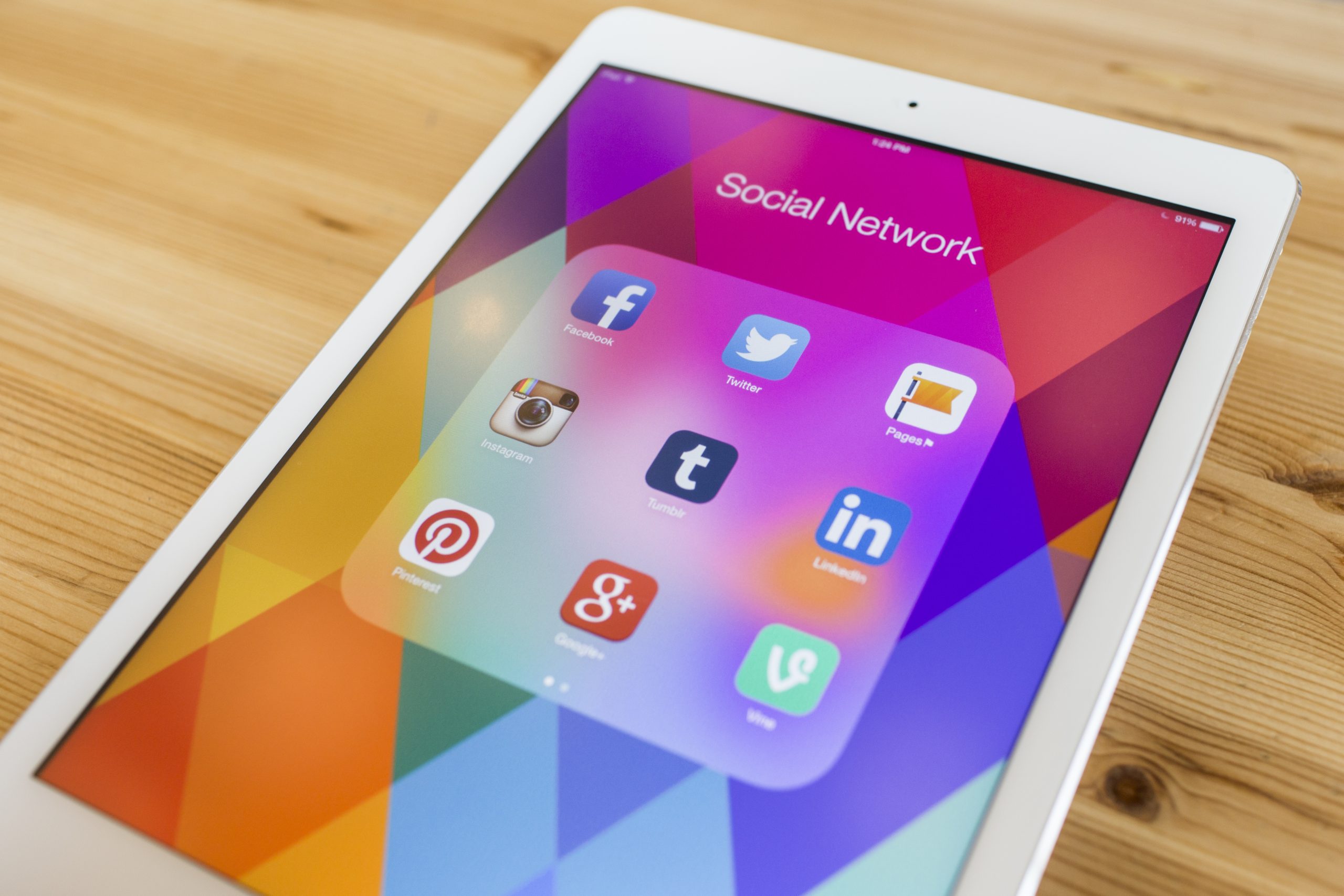Influencer marketing has become a billion-dollar industry, and it’s not hard to see why. With the rise of social media platforms like Instagram, YouTube, and TikTok, influencers have emerged as powerful players in the world of advertising and marketing. But how did they become so popular? And what impact have they had on the game? Let’s take a closer look at the rise of influencers and their effect on our society.
Introduction: What is an Influencer and How Did They Become So Popular
An influencer is someone who has built up a large following on social media and uses that platform to promote products or services. These individuals are often seen as experts in their field and have developed a level of trust with their audience. The rise of influencers can be attributed to several factors, including the growth of social media and the increasing distrust of traditional advertising methods. As consumers became more skeptical of celebrity endorsements and flashy ad campaigns, they turned to everyday people who seemed more relatable and authentic.

The Rise of Social Media and the Birth of Influencers
Social media played a major role in the rise of influencers. Platforms like Instagram and YouTube gave ordinary people the ability to share their thoughts, opinions, and experiences with the world. As these platforms grew in popularity, savvy marketers began to recognize the potential of partnering with influential users to reach new audiences.
How Influencers Changed the Game in Marketing and Advertising
One of the biggest changes brought about by influencer marketing was a shift away from traditional advertising methods. Instead of relying solely on TV commercials and print ads, brands began to focus on building relationships with influencers who could promote their products organically through social media posts. This approach felt less intrusive and more authentic to consumers, leading to higher engagement rates and increased sales.
The Power of Micro-Influencers and Their Impact on Brands
While macro-influencers (those with millions of followers) still hold sway over certain industries, many brands are turning to micro-influencers instead. These individuals typically have smaller but highly engaged followings and are considered experts in niche areas. By partnering with multiple micro-influencers, brands can target specific demographics and increase their reach without breaking the bank.
The Dark Side of Influence: Scandals, Fake Followers, and Negative Effects
Despite their successes, influencers haven’t been immune to controversy. Several high-profile scandals involving fake followers, sponsored content disguised as personal posts, and other ethical violations have called into question the integrity of the industry. Additionally, some critics argue that influencer culture promotes unrealistic beauty standards and encourages materialism among young people.
Conclusion: Where Do We Go From Here? The Future of Influencers and Social Media
As social media continues to evolve, it’s likely that the role of influencers will only grow in importance. However, there are also signs that the industry may be maturing, with brands becoming more selective about which influencers they work with and demanding greater transparency around metrics like engagement and reach. Ultimately, the future of influencer marketing remains uncertain – but one thing is clear: influencers aren’t going anywhere anytime soon.
